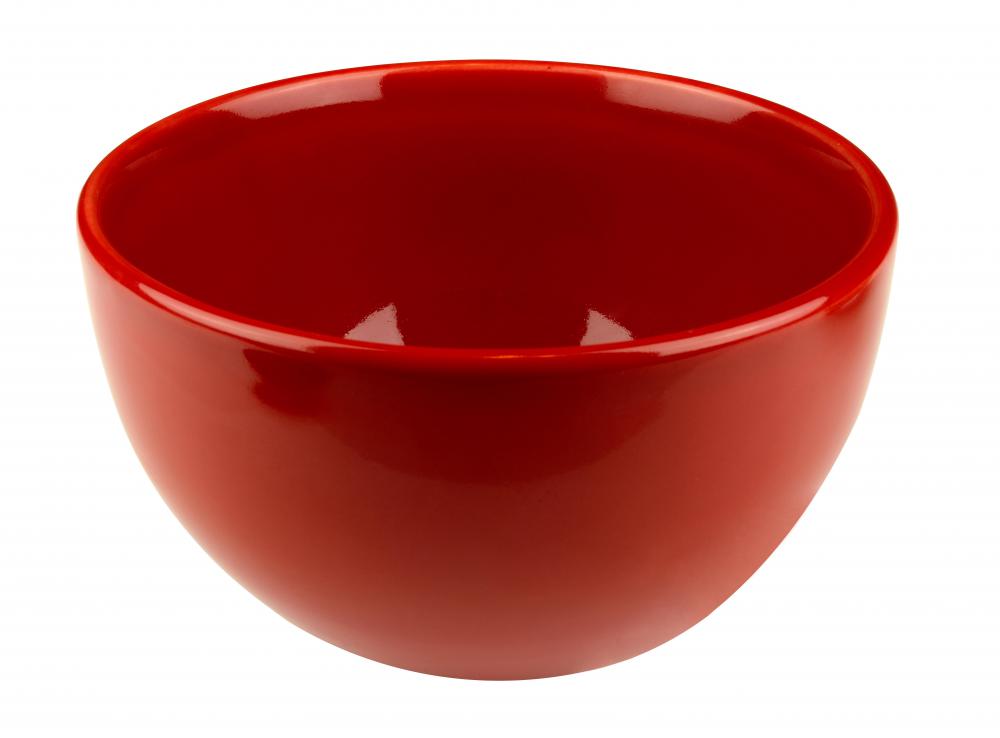At HomeQuestionsAnswered, we're committed to delivering accurate, trustworthy information. Our expert-authored content is rigorously fact-checked and sourced from credible authorities. Discover how we uphold the highest standards in providing you with reliable knowledge.
What is Ceramic Glaze?
Ceramic glaze is a glassy substance that has been applied to a ceramic object, and then fired to meld it with the ceramic. Ceramic glaze may be used for purely decorative reasons, to strengthen the underlying ceramic, or to waterproof the vessel. Ceramic glaze is used for everything from vases, to bowls, to plates, to decorative pieces of ceramic artwork. Early glaze was used primarily to make earthenware vessels suitable to hold drinks and liquid foods, since without the glaze the clay simply soaks up the liquid overtime, imbuing the vessel with its taste, and weakening it.
The earliest ceramic glaze appeared in Mesopotamia in the 9th century BCE, on decorative tiles. Centuries later this glaze was adapted to be used in drinking vessels, leading to a great improvement in their use. Early earthenware was suitable for water, which dried out fairly easily, but was almost entirely unsuitable for wine and milk. The adoption of glazing let these vessels flourish, and transformed the way ceramics were used for centuries to come. Early glazed pots were primarily green in color, as they used copper in them, and originated in the Middle East.

It was in Japan, during the Kofun period, that ceramic glaze truly came into its own. From the mid-6th century to roughly the end of the 8th century, a wide range of different colors were introduced, and the decorations undertaken with glazes became more and more ornate. Starting in the 8th century glazing also began to be used widely in the Muslim world, creating beautiful patterns in tiles and pottery. By the 13th century glazing had reached near-modern levels, with a broad color palette, and the use of overglazing techniques to give a much shinier, glassier look to the entire piece.

Like paint, ceramic glaze contains many different ingredients to achieve its vibrant colors and textures, some of which can be harmful if consumed. For example, manganese dioxide 325 is used to darken many different colors; copper carbonate is used in reds, greens, and blues; cobalt oxide and cobalt carbonate are used for vibrant blue pigments; and chrome oxide is used for pinks, reds, and greens. The type of firing also radically affects the color, with gas firing reducing the glaze, and electric firing oxidizing the glaze.

For example, chrome oxide when fired in gas produces green colors, while chrome oxide when fired in electric produces pinks, reds, and browns. Similarly, vanadium pentoxide when fired in electric produces yellows, but when fired in gas produces grays. The amount used also affects the color produced, so that 1% iron oxide gas fired produces a jade green, while 2-3% gas fired produces ironish yellows, 4% produces golden-range, 5% produces a brick red, and 6% produces a brownish black.
Many types of ceramic glaze also have lead in them, making them quite dangerous to work with if not treated with care. Attention should be paid never to get glaze in one’s mouth, and preferably not on the skin. Pregnant women should take care not to spend time in a studio with raw glazes, as inhaling dust can lead to birth defects in some instances.
AS FEATURED ON:
AS FEATURED ON:













Discussion Comments
Do I only use gloss glaze after glazing a ceramic piece or can I use the gloss glaze only?
Post your comments